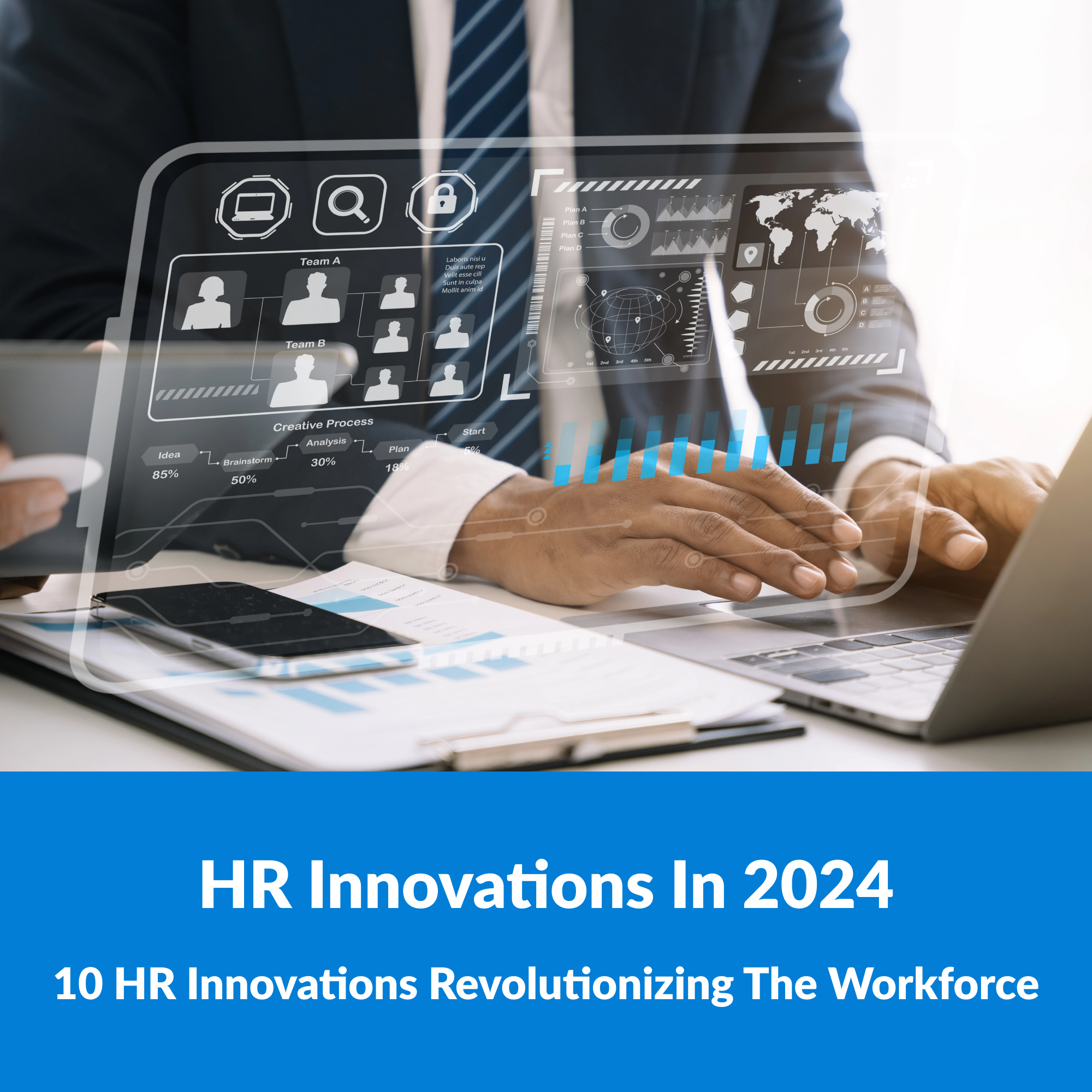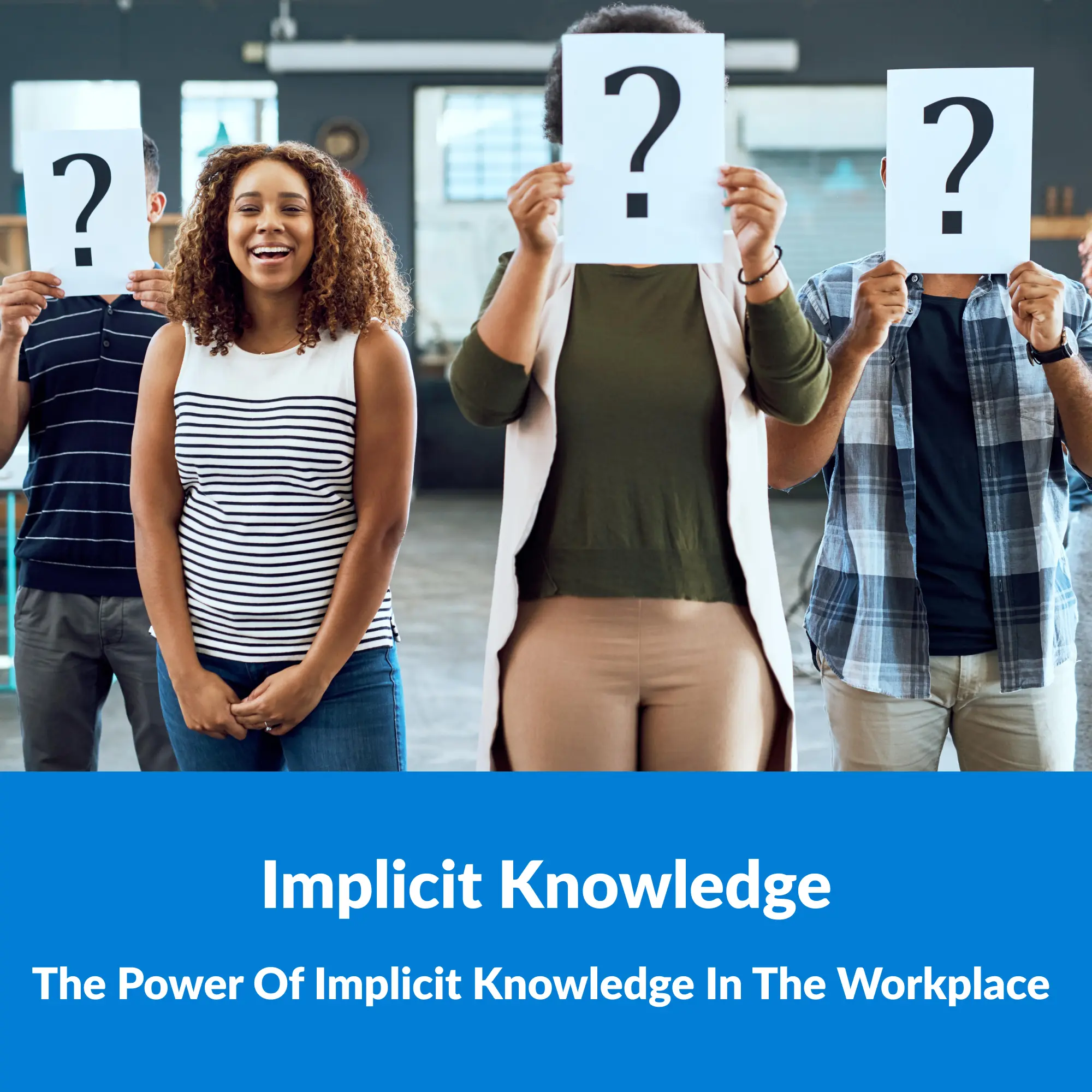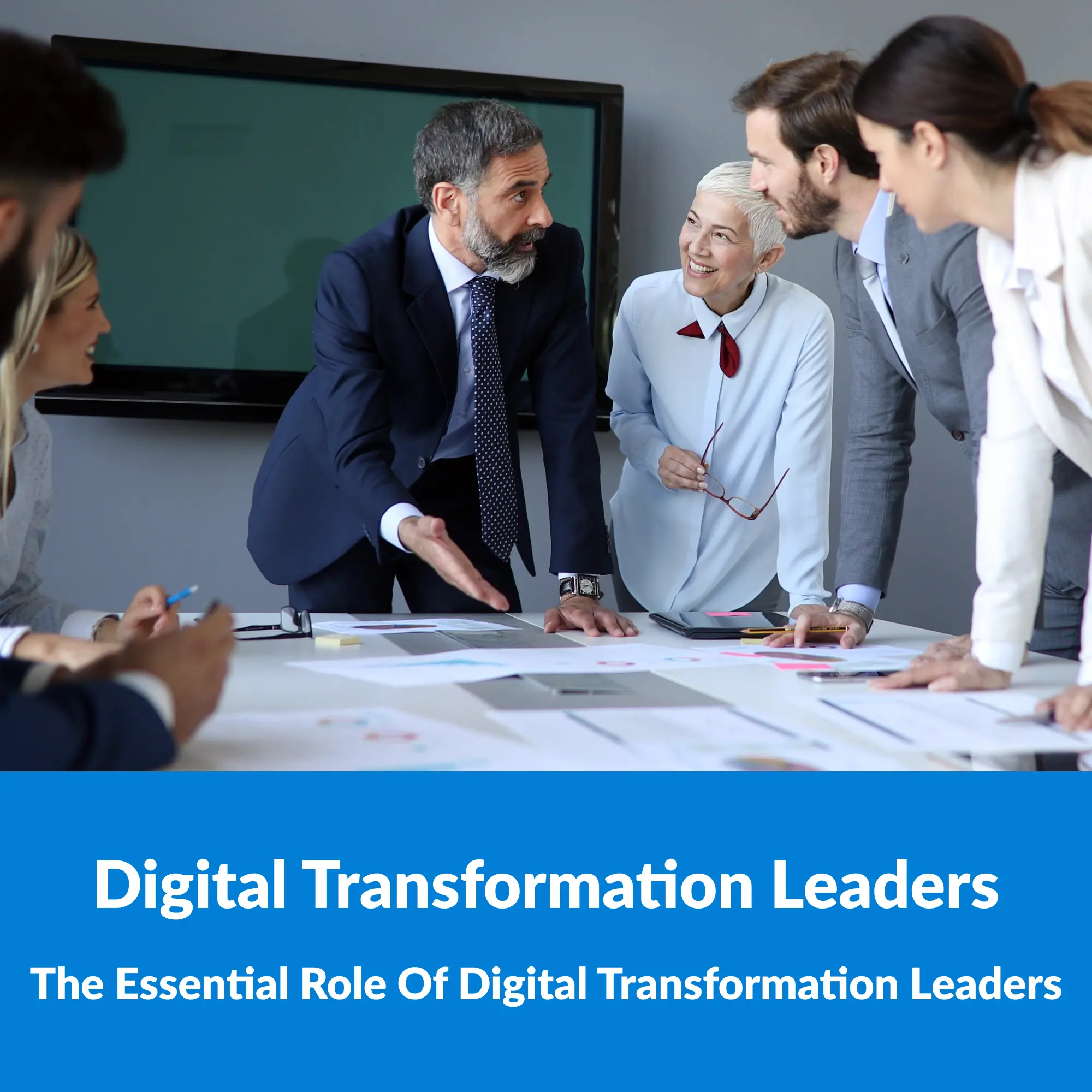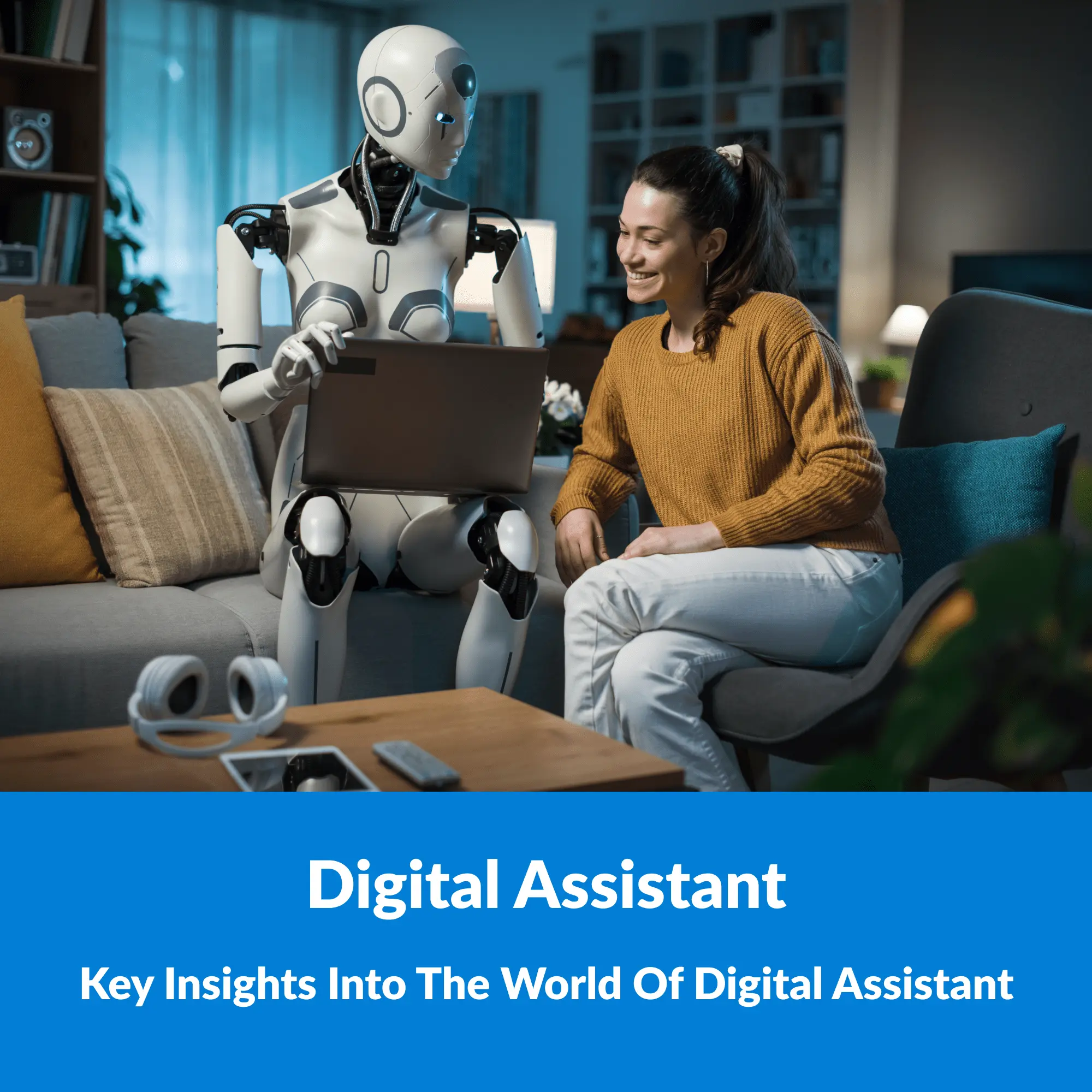The human resources landscape is experiencing a seismic shift. Gone are the days of paper processes and cookie-cutter approaches. In 2024, innovation is king, and HR teams are embracing cutting-edge tools and technologies to revolutionize the employee experience and unlock new levels of organizational success. Recent statistics highlight a significant shift towards digitalization in HR: Global HR Software Market survey revealed that 75% of HR departments have increased their reliance on technology for recruitment and employee management, and the HR software market is expected to grow at a CAGR of 10.4% from 2023 to 2028. This surge underscores the vital role of innovation in HR processes, as organizations strive to adapt to the evolving workplace dynamics.

Understanding HR Innovation
HR innovation refers to the integration of new technologies and methodologies into human resources practices to optimize recruitment, training, employee engagement, and overall workforce management. It encompasses the use of digital tools to streamline traditional HR processes, making them more efficient, scalable, and employee-friendly.
| Optimize talent acquisition and retention: Attract and retain top talent, fostering a diverse and engaged workforce. | Enhance employee development and engagement: Drive learning and professional growth, creating a culture of ownership and satisfaction. |
| Streamline HR processes and decision-making: Automate repetitive tasks, collect data-driven insights, and improve efficiency. | Prioritize employee well-being and mental health: Foster a healthy and supportive work environment, building resilience and reducing stress. |

10 HR Innovations Lighting the Way:
The current HR landscape is a vibrant tapestry woven with innovative threads. Let’s unravel eleven of these threads, exploring specific examples and tools that breathe life into each HR innovation:
1. Chatbots: The 24/7 HR Companion:

Forget battling long phone queues for simple payroll questions. AI-powered chatbots step in as friendly, virtual assistants, answering employee questions about benefits, policies, and even resolving minor HR issues, 24/7. They may also help automate tasks such as screening candidates, scheduling interviews, onboarding, managing leaves, and more. This frees up HR professionals to focus on strategic initiatives while enhancing employee self-service and satisfaction.
Modern HR chatbots like ‘Talla‘, ‘Leena AI‘ or ‘HR Bot by BambooHR‘ are transforming employee interaction with HR services. However, the lack of it in your current software doesn’t have to be a roadblock. Third-party tools provide seamless integration, allowing you to effortlessly add a chatbot directly to your existing platform. Imagine employees getting instant HR assistance without ever leaving their preferred communication channel, like Slack.
2. AI-based Recruitment Tools:

Forging ahead with AI in HR isn’t just about buzzwords – it’s about smart optimization. Unlike traditional methods that often require expanding headcount and budgets, AI-based Recruitment Tools delivers a wealth of insights and streamlined processes without ballooning costs. Gone are the days of sifting through mountains of resumes.
AI-powered software can now revolutionize the selection process by automatically sifting through applications, identifying ideal candidates based on skills and experience, and even weeding out those who don’t match the criteria.
Tools like Manatal, Eightfold, and Fetcher AI are leading the charge, automating tasks and saving HR teams valuable time and resources.
3. Gamified Training: Level Up Your Learning:

Learning shouldn’t be a chore. Platforms like Quizlet and Kahoot! gamify training, transforming knowledge acquisition into a fun and engaging experience. Imagine employees battling for top scores in bite-sized learning modules, boosting knowledge retention, motivation, and even team collaboration.
Incorporating elements of gaming into training modules significantly boosts engagement and participation levels. Key gamification techniques in HR encompass:
- Awarding badges and other recognitions to learners upon completion of training sessions or for demonstrating particular skills.
- Utilizing interactive simulations that mimic real-life scenarios, enabling learners to safely hone new skills in a risk-free setting.
- Integrating aspects of social interaction, prompting learners to collaborate in completing training modules and achieving educational goals.
4. Mobile Apps for Employees:

Incorporating mobile apps for employees into HR strategies not only streamlines processes but also improves the overall employee experience, making it a crucial innovation in modern HR management.
- Accessibility: Mobile apps provide employees with instant access to HR services, enabling them to view pay stubs, request time off, access training materials, and receive important company updates from anywhere, at any time.
- Enhanced Productivity: With HR-related tasks at their fingertips, employees can complete essential actions quickly, reducing the time spent on administrative tasks and allowing them to focus on their primary responsibilities.
- Real-Time Communication: Mobile apps facilitate real-time communication between employees and HR departments. This enables swift responses to inquiries, improving overall employee satisfaction and engagement.
- Employee Empowerment: These apps empower employees to take control of their HR-related needs, whether it’s updating personal information, accessing benefits information, or tracking their own performance metrics.
Mobile apps like Workday Prism or BambooHR’s mobile app provide employees with pay stubs, benefits information, company news, and even HR support, right at their fingertips. This fosters a sense of connection and convenience, enhancing employee satisfaction and engagement.
5. Digital Onboarding: A Smooth Start from Day One:
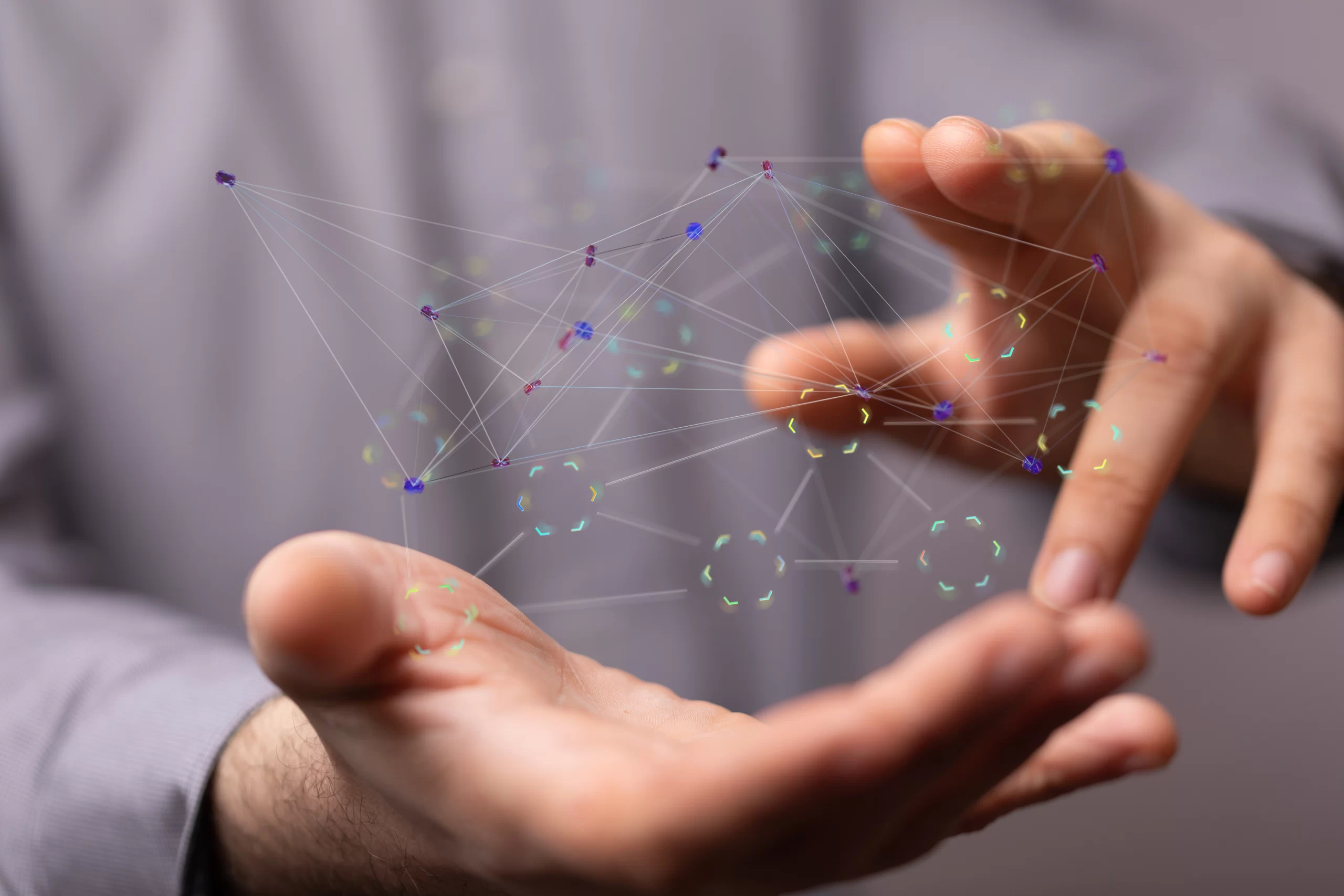
Digital onboarding solutions have redefined the way organizations welcome and integrate new employees into their teams. This innovation in HR practices offers numerous advantages for both the organization and the newly hired employees:
- Efficiency: Digital onboarding significantly reduces the administrative burden associated with traditional paperwork and manual processes.
- Accessibility: New employees can access digital onboarding materials from anywhere with an internet connection, allowing for flexibility in the onboarding timeline.
- Engagement: Interactive and multimedia-rich digital onboarding experiences engage new employees more effectively than static, paper-based materials. Engaged employees are more likely to retain information and feel a stronger connection to the organization.
- Data Collection: Digital onboarding systems collect valuable data on employee progress, completion rates, and feedback. HR teams can use this data to continually improve the onboarding process and tailor it to the specific needs of the organization.
Ditch the mountains of paperwork and create a frictionless onboarding experience. Platforms like BambooHR Onboarding or Workday Onboarding allow you to personalize the onboarding process for each new hire, with interactive modules, pre-boarding tasks, and automated workflows. This sets new hires up for success from day one, boosting retention and engagement.
6. Skills-Based Data Sources:
In the ever-evolving landscape of HR innovation, skills-based data sources have emerged as a game-changer. These sources leverage data analytics to provide organizations with valuable insights into their workforce’s skills and competencies. The benefits of incorporating skills-based data sources into HR practices are manifold:
- Strategic Workforce Planning: By understanding the skills available within the organization, HR can identify skill gaps, plan for future talent needs, and allocate resources more effectively.
- Talent Acquisition: When recruiting, HR teams can use skills-based data to match candidates with the required skills to specific roles. This results in more precise candidate selection and faster onboarding, as new hires possess the necessary skills from day one.
- Internal Mobility: By mapping the skills of current employees, organizations can identify potential candidates for internal mobility or promotions. This not only boosts employee morale but also reduces turnover by offering career growth opportunities within the organization.
- Personalized Development: Employees can receive targeted training and upskilling opportunities based on their current skills and career aspirations.
- Succession Planning: Knowing the skills of employees at various levels enables organizations to create robust succession plans. In the event of key personnel changes, HR can quickly identify suitable internal candidates to step into critical roles.
- Performance Management: Skills-based data sources enhance performance assessments by providing a comprehensive view of an employee’s skills and competencies. This information facilitates fair and accurate performance evaluations.
- Adaptive Learning: Organizations can use skills data to implement adaptive learning programs, tailoring training content to the specific skills employees need to acquire or improve upon.
- Competitive Advantage: Having a deep understanding of the skills within the workforce gives organizations a competitive advantage. They can respond more effectively to changing market demands and stay ahead of industry trends.
Platforms like Emsi Burning Glass and LinkedIn Talent Hub provide valuable insights into in-demand skills and salary trends across different industries and locations. This allows HR to identify potential skills gaps, develop targeted training programs, and attract top talent with competitive compensation packages.
7. Mental Health and Wellness Tools: Prioritize Your People:
These innovative tools are a cornerstone of modern HR strategies, prioritizing employee well-being. They provide a range of advantages, including improved mental health, reduced stress levels, increased emotional resilience, and enhanced overall well-being for employees. By offering readily accessible resources for managing stress, anxiety, and other mental health challenges, organizations foster a healthier, more engaged workforce. This, in turn, leads to higher job satisfaction, lower absenteeism rates, improved employee retention, and heightened productivity.
Employee well-being is no longer an afterthought.
Platforms like Talkspace and Headspace offer confidential access to therapists, mindfulness exercises, and mental health resources, directly within the employee benefits package. This fosters a supportive work environment, reduces stress, and improves employee well-being, leading to increased productivity and engagement.
8. Remote Work Management Technology:
In the era of remote work, this HR innovation is a game-changer, especially in the context of how work has transformed after the COVID-19 pandemic. These technologies include video conferencing solutions like Zoom, collaborative platforms like Slack, Asana and Clockify bridge the physical gap in remote teams.
Remote work management technology ensures that teams can communicate effectively, collaborate seamlessly, and manage projects efficiently, regardless of geographical location. It plays a pivotal role in ensuring that remote work arrangements remain productive, connected, and aligned with organizational goals.
Moreover, it provides the flexibility and adaptability needed for remote work to thrive, ensuring that teams can stay productive and responsive, regardless of their physical location.
9. Employee Self-service Portals:
Empower Your Workforce: Employee self-support portals have become indispensable in modern HR practices. These digital platforms empower employees to access HR-related information, services, and resources independently, reducing their reliance on HR staff for routine queries. These portals typically include features like self-service access to payroll information, benefits details, leave requests, and employee handbooks.
Moreover, they allow employees to update their personal information, such as contact details and tax forms, ensuring HR databases remain accurate and up-to-date. This automation not only streamlines administrative tasks but also minimizes the risk of errors.
The benefits of employee self-support portals are multifaceted. They enhance efficiency by reducing the administrative burden on HR teams, allowing them to focus on more strategic tasks. Additionally, employees appreciate the autonomy and convenience these portals offer, which can lead to higher job satisfaction. Moreover, these platforms contribute to compliance by ensuring employees have access to essential information and forms when needed. Overall, employee self-support portals are a pivotal HR innovation, fostering a more efficient and employee-friendly work environment.
Platforms like ‘ServiceNow’ and ‘Zendesk’ empower employees to find solutions autonomously. ServiceNow’s self-service portal provides a centralized place for HR resources, while Zendesk offers easy access to information and HR support. Epilogue Opus a digital adoption platform, bring application guidance directly to employees to facilitate application onboarding and on-going proficient use of critical applications.
10. Employee Listening Tools: Hear What Matters Most:
Employee listening tools have gained prominence as organizations recognize the significance of employee feedback in shaping their workplace culture. These tools encompass a variety of platforms and surveys that collect and analyze employee opinions, concerns, and suggestions. They facilitate the ongoing dialogue between employees and the organization, ensuring that employees feel heard and valued.
These tools typically include pulse surveys, engagement surveys, and sentiment analysis tools that provide valuable insights into employee sentiment and engagement levels. They also allow HR professionals to identify areas for improvement, track changes in employee morale over time, and implement data-driven strategies to enhance the workplace.
The benefits of employee listening tools are substantial. They foster a culture of transparency, trust, and open communication, leading to higher employee engagement and retention. These tools enable HR to proactively address issues, mitigate concerns, and implement changes that align with employees’ needs and expectations.
Moreover, by regularly seeking and acting on employee feedback, organizations can adapt to evolving workplace dynamics, ensuring a more agile and responsive work environment. Employee listening tools are instrumental in shaping a positive workplace culture and driving continuous improvement within the organization.
Platforms like Qualtrics and SurveyMonkey enable you to conduct pulse surveys, gather feedback on new initiatives, and measure employee sentiment across various departments. By actively listening to employees, you can identify areas for improvement, build trust, and drive engagement, creating a truly employee-centric workplace.
Opus: Driving HR Innovation
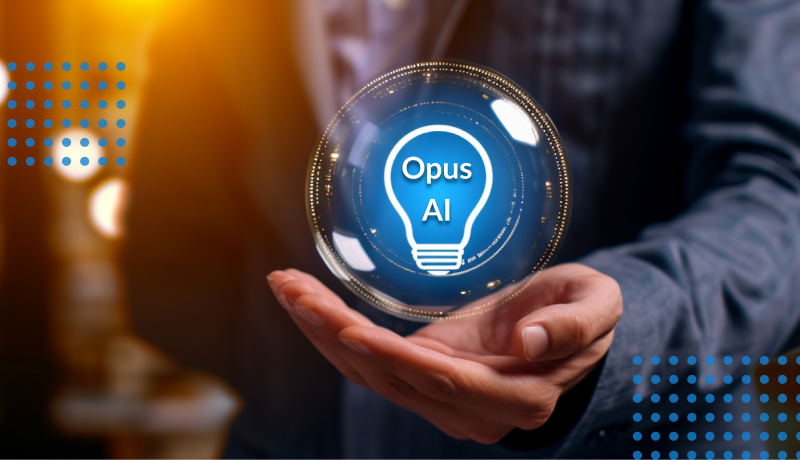
Opus is revolutionizing the way organizations adopt new HR technologies. Its in-application help and guidance, serving up a variety of formats to guide the user, including the Follow Me walkthrough and ‘Watch, Try, and Test’ simulations, make complex software more accessible and user-friendly. The upcoming Opus Advisor release in Q1 2024, powered by Generative AI, promises to further streamline software adoption, reducing the learning curve and enhancing training programs. By integrating Opus into your HR technology stack, you can significantly enhance the efficiency and effectiveness of your HR processes, leading the way in HR innovation.
